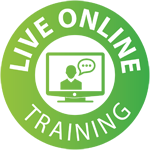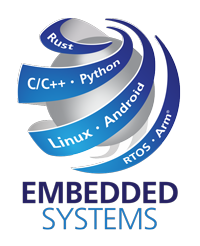Introduction to Linux and to the Shell
What is Linux? • Linux distributions • Desktop vs Command line • Bash • Logging on and off • Commands and command history
Files, Directories and Navigation
Home and working directories • Creating and deleting directories • Moving between directories • Working with files and links • Finding files
Users, Permissions and Commands
Users and groups • File and directory permissions & Superuser privilege • Types of command • The command path and Environment • Startup files
Pipes and Redirection
Standard input, output and error • less • Redirection • Command pipelines & Filters
Processes
What is a process? • Viewing processes & Process states • Creating background processes & Controlling processes • Signals
Introduction to Editing
Text files • Which editor? • vi • Command and insert mode • Entering text • Saving and exiting • Moving around a file • deleting, copying and pasting text • Substitution; search and replace • Regular expressions
Storage Media and Archiving
Mounting and unmounting • Partitions and filesystems • tar • Checksums • rsync • gzip
Networking
IP addresses • Routing table • Detecting network problems • DNS
Compiling and Make
Compiling C programs • make • Makefile • Phony targets • Implicit recipes • Other features




